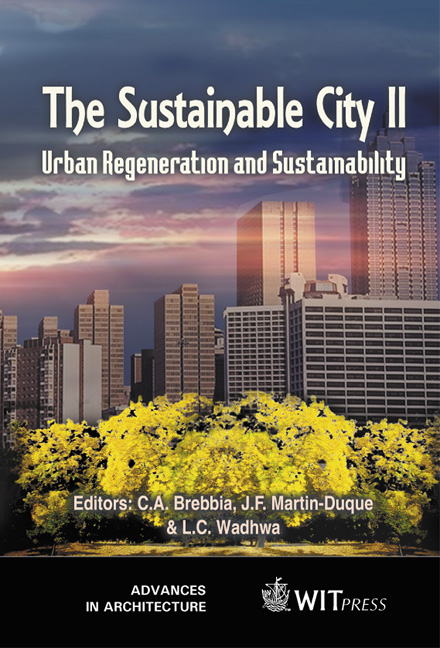A Study Of The Relationship Between People’s Lives And The Tidal Flats In Sanban-ze: A Survey Of Local Inhabitants
Price
Free (open access)
Transaction
Volume
54
Pages
Published
2002
Size
599 kb
Paper DOI
10.2495/URS020551
Copyright
WIT Press
Author(s)
E Mohri, J Kobayashi & T Kitahara
Abstract
This paper examines how the natural environment in urban area should be con- served. Sanban-ze, a tidal flat in the north of Tokyo Bay, is the case studied in this paper. Natural environment in urban areas, like Sanban-ze, used to be related to local inhabitants’ lives and conserved through a relationship to people, which has been reflected in the way people used it. When we think of how to conserve the living environment, the relationship between life activities and local nature can be important for promoting a permanent conservation. We undertook a survey of local inhabitants who have been living near the sea for a long time with the purpose of making clear what kind of relationship with nature used to apply in the past, and we analysed the life factors and activities that this relationship involves. Finally, this paper concludes that it is important to incorporate life activities relating to the conservation of the natural environment into the modern socio-economic system. Furthermore, this paper points out that citizen-based organisation and management regulation is needed in order to maintain people’s action for conservation activities. 1 Introduction Nowadays in Japan, people’s lives have been turning away from the natural environment because of the progress of urbanisation. For that reason, the relationship between people’s lives and nature has been weakened. Especially in former fishing villages in urban areas, this tendency is even stronger because of land reclamation for residential development caused by an increase in population and changes of land use. On the other hand, interest in conserving the natural environment has been growing rapidly.
Keywords





